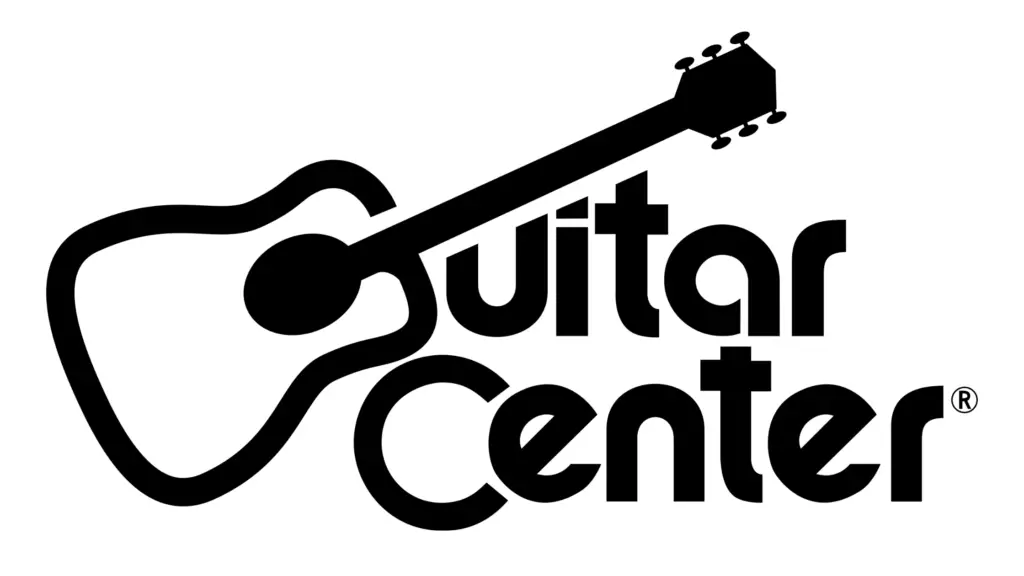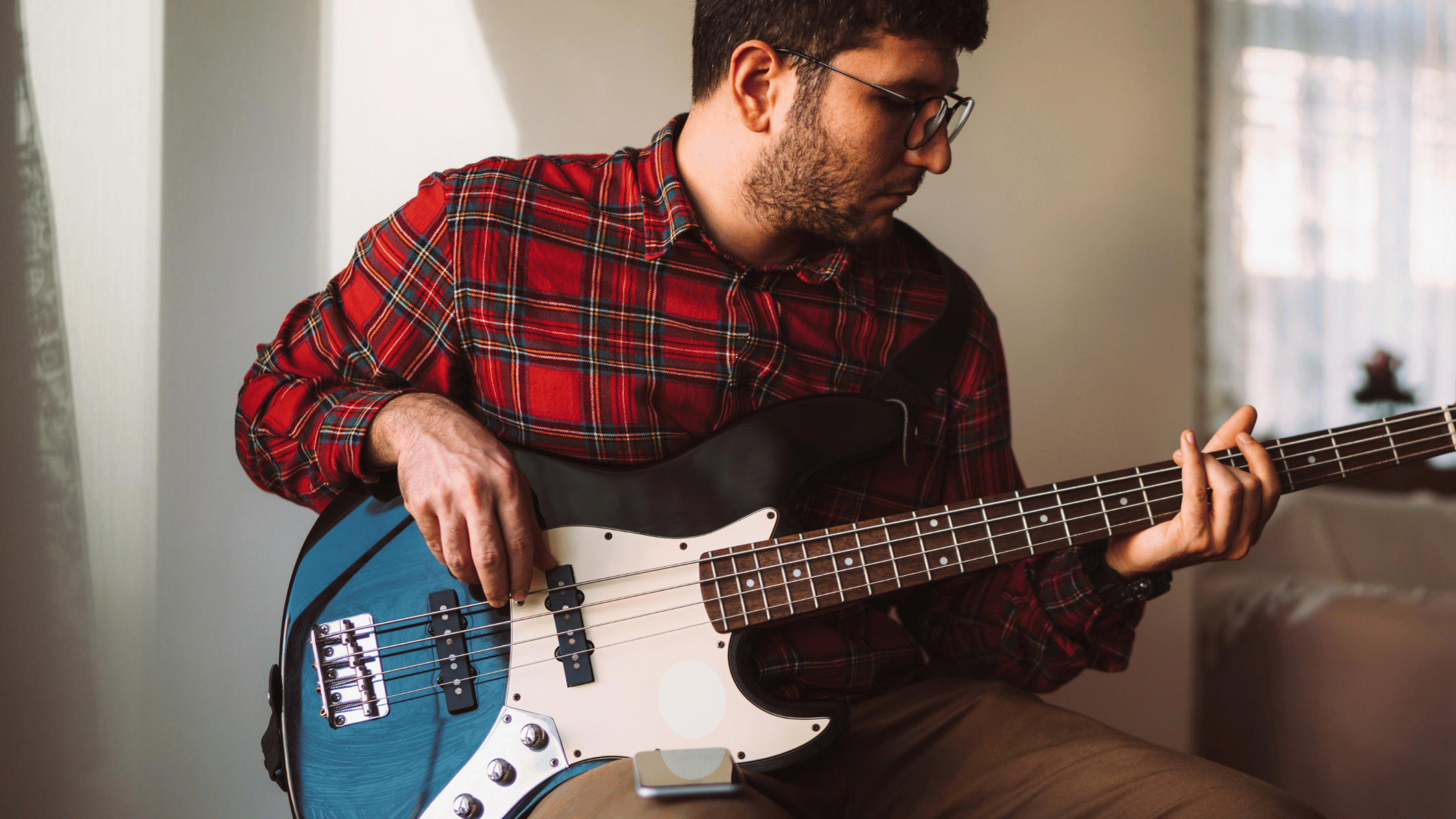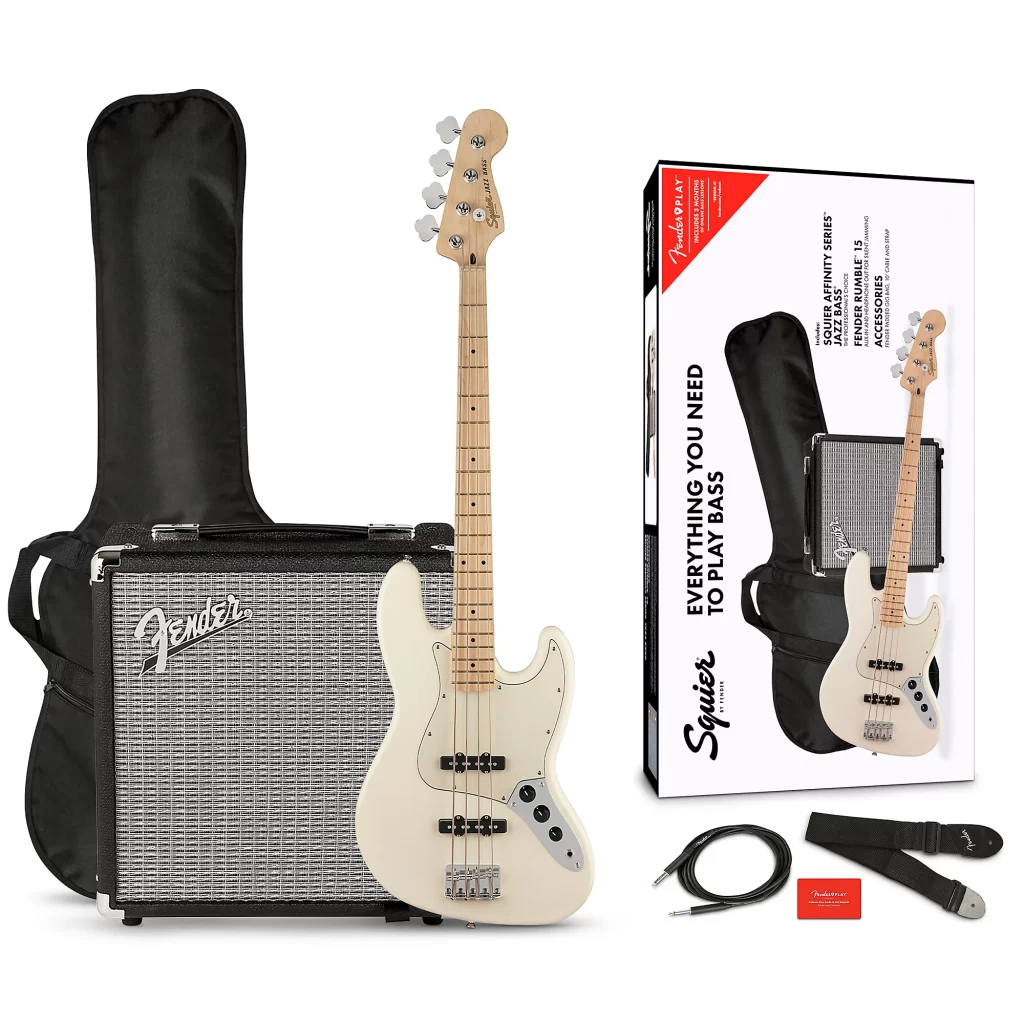Beginner’s Guide to Bass Guitar as a Hobby: Master the Essentials Effortlessly
Have you always been captivated by the deep, rhythmic sounds of the bass guitar? If you’re considering taking up bass guitar as a hobby, you’re in for a rewarding experience.
Not only does playing the bass boost your musical skills, but it also enhances your sense of rhythm and timing, making you an invaluable addition to any band or ensemble.

As a beginner, you’ll start by learning basic chord structures, finger techniques, and bass lines to lay the foundation for your new hobby.
With proper guidance, such as the wealth of information found in resources like this Beginner’s Guide to Fender Bass Guitar or this Complete Beginner’s Guide by Guitar Command, you’ll find yourself progressing quickly and enjoying the process. All that’s left for you to do is grab a bass guitar, start practicing, and embrace the low-frequency world of bass playing.
Choosing Your Bass Guitar

Acoustic vs Electric
When starting your bass guitar journey, one of the first decisions you’ll face is whether to choose an acoustic or electric bass guitar. Acoustic bass guitars are usually larger, hollow-bodied instruments with a warm and resonant tone, ideal for playing in intimate settings without an amplifier. Electric bass guitars, on the other hand, require an amplifier and have a versatile sound, making them suitable for various genres and performance situations.
Consider the types of music you want to play and the environment in which you’ll be playing. If you’re planning to perform live or jam with other musicians, an electric bass might be a more practical choice.
Budget Considerations
When purchasing your first bass guitar, it’s essential to establish a budget and stick to it. Bass guitars come in a wide range of prices, but it’s crucial not to feel pressured into overspending. Here are a few aspects to consider when budgeting:
- Instrument: Look for a reliable bass within your budget. Keep in mind that as a beginner, you may not need all the bells and whistles of a more expensive instrument.
- Amp and accessories: Remember to account for the cost of an amplifier, cables, and a tuner, especially if you choose an electric bass.
- Gig bag or case: Protect your investment with a padded gig bag or hard case.
Bass Guitar Anatomy
Familiarizing yourself with bass guitar anatomy will help you make an informed decision when choosing the right instrument for you. Here are some crucial components of a bass guitar to understand:
- Body: Bass guitars come in different body shapes and materials. Solid-body electric basses are generally made of wood, while acoustic basses have a hollow body.
- Neck and fretboard: The neck and fretboard are the areas where your fingers will do most of the work. As a beginner, it’s recommended to choose a four-string bass with frets for a simpler learning experience.
- Pickups: Electric bass guitars rely on different types of pickups to capture string vibrations and convert them into an electrical signal. The pickup configuration will affect the tonal characteristics of your bass.
- Tuning machines: These are located on the headstock and are essential for keeping your bass in tune. Ensure that the tuning machines are made of good-quality materials and function smoothly.
Take the time to research and try out various bass guitars before making your final decision. It’s essential to choose an instrument that feels comfortable and inspires you to play. Happy bass playing!
Basic Techniques

In this section, we’ll cover some fundamental techniques for playing bass guitar, including holding the bass, tuning your instrument, and plucking and fretting. By mastering these skills, you’ll be well on your way to enjoying bass guitar as a hobby.
Holding the Bass
To hold the bass correctly, make sure the body of the instrument rests against your hip on the side of your plucking hand.
If you’re right-handed, this will be your right hip, and vice versa for left-handed players. The neck of the bass should be angled slightly upwards for easy access to the fretboard.
To maintain balance, use your non-dominant hand to support the neck while keeping your dominant hand free for plucking and strumming.
Tuning Your Instrument
Before playing, it’s essential to make sure your bass guitar is properly tuned. A standard bass guitar has four strings, and the tuning should be E-A-D-G starting from the lowest (thickest) string to the highest (thinnest) string.
You can use an electronic tuner, a tuning app, or even match your bass to the sound of another instrument to ensure your bass is in tune. Regularly tuning your instrument will help train your ear and allow you to better recognize tone and pitch.
Plucking and Fretting
To begin playing bass, you’ll need to learn how to pluck the strings and fret notes properly. When plucking the strings, use the index and middle fingers of your dominant hand to alternately pluck in an up-and-down motion. This technique is known as alternating or walking the fingers. For a more aggressive sound, you can also use a plectrum or pick.
Fretting involves pressing the strings down onto the fretboard using the fingers of your non-dominant hand. Proper fretting requires pressing down on the strings just behind the frets and using the tips of your fingers. When practicing, focus on applying just enough finger pressure to produce a clear, clean note without causing buzzing or other unwanted noises.
As you improve your skills, experiment with various techniques such as playing with a mute or palm muting, using hammer-ons and pull-offs, or even slapping and popping the strings for more advanced playing styles. By mastering basic techniques and practicing regularly, you’ll be well on your way to enjoying bass guitar as a fulfilling hobby.
Learning to Read Music

Understanding Tablature
Tablature, or tabs, is a popular method to learn bass guitar for beginners.
This type of music notation is designed specifically for fretted string instruments. It represents the fretboard and indicates fingering patterns, making it beginner-musician-friendly1.
Tabs use numbers to correspond to frets, making it easy to read and play a song by simply following the given fret numbers2.
For example, a bass tab may look like this:
G|----------------|
D|----2---4----5--|
A|-2---4---5------|
E|----------------|
This indicates that you should play the 2nd fret on the A string, followed by the 2nd fret on the D string, and so on. As you practice playing with tabs, your familiarity will increase and you’ll be able to pick up new songs quicker.
Introduction to Musical Notation
While tablature is a great starting point, learning to read standard musical notation for bass guitar can open up more possibilities, as it conveys the musical pitches and rhythms more accurately3. Here are some key points to understand when starting with musical notation:
- The Bass Clef: Bass guitar music is written in the bass clef, which looks like a stylized “𝄢”. The bass clef is specifically meant for lower-pitched instruments.
- Notes: The pitch of a note is indicated by its position on the staff (the set of horizontal lines). Higher notes are written higher on the staff, and lower notes are written lower.
- Duration: The duration of a note is represented by its shape. Whole notes, half notes, quarter notes, etc., all have different shapes to indicate their length.
- Rests: When you’re not playing a note, you’ll see a symbol called a rest. Like notes, rests also have different shapes to indicate their duration.
An example of a bass guitar sheet music notation:
𝄢
𝄻
As a beginner, it’s beneficial to start off with tablature, and gradually move on to standard musical notation as your skills progress. This will give you a strong foundation in understanding music and help you become a more versatile bass guitarist.
Footnotes
- Smart Bass Guitar – Reading Bass Guitar Sheet Music and Tab 101 ↩
- nkoda – How to Read Bass Sheet Music: A Beginner’s Guide ↩
- YouTube – How to Read Music on Bass Guitar – Lesson 1 ↩
Practicing Effectively

Setting Practice Goals
Setting clear and achievable goals is crucial for making the most of your practice time on the bass guitar. To do this, first identify the skill or technique you want to improve, and then break it down into smaller, manageable tasks. For example, if you want to increase your speed, set a goal to play a specific bassline at a certain BPM (beats per minute). Make sure to track your progress and adjust your goals as needed. This will help you stay motivated and focused during your practice sessions.
Warm-Up Exercises
Before starting your practice session, it’s important to warm up your fingers and hands to prevent injury and improve performance. Here are some warm-up exercises to incorporate into your routine:
- Finger Stretches: Gently stretch each finger on both hands, holding each stretch for a few seconds.
- Hand Rubs: Rub your hands together to generate heat, which helps with circulation and flexibility.
- Finger Exercises: Practice different finger patterns on your bass guitar’s fretboard, such as 1-2-3-4 finger combinations using all four fingers. Start slowly and gradually increase the speed as you become comfortable with the exercise.
These exercises can help you become more familiar with your bass guitar’s fretboard and improve your finger agility.
Creating a Practice Schedule
To ensure consistent progress, create a structured practice schedule that you can stick to. Allocate specific blocks of time for practicing different skills, techniques, or songs. For example:
- Monday: 30 minutes of scales and arpeggios
- Tuesday: 45 minutes of learning a new song
- Wednesday: 30 minutes of improvisation exercises
- Thursday: Break Day
- Friday: 30 minutes of finger exercises and warm-ups
Remember, it’s crucial to maintain a consistent practice routine for steady improvement. Don’t be afraid to adjust your schedule as needed, and be sure to incorporate rest days to avoid burnout and prevent injuries.
Playing with Others

Joining a Band
Joining a band can be an excellent way to improve your bass guitar skills and enjoy playing music with others. When looking for a band to join, consider your musical interests and skill level. Search local music forums, social media groups, or online platforms dedicated to connecting musicians.
Upon joining a band, it’s essential to be reliable, committed, and open to learning. Rehearse regularly, communicate with your bandmates, and be punctual for practices and performances. A band functions as a team, and your collaboration will help create a cohesive sound.
Jam Session Tips
Participating in jam sessions is another great way to play bass with others and expand your musical horizons. Here are some tips to help you make the most of your jam session experience:
- Know the basics: Familiarize yourself with common chord progressions, root notes, and scales to ensure a smooth jamming experience.
- Listen closely: Pay attention to the other musicians playing, and adapt your bass lines accordingly. Try to lock in with the drummer’s kick and snare drums, as suggested in this guitarist’s guide to playing bass.
- Explore different genres: Be open to experimenting with various music styles during your session. This can help you become a more versatile bass player.
- Take turns: Remember to give space to others in the jam session – follow the “conversation” rule, where you contribute without overpowering the other musicians.
- Stay positive: Keep a positive attitude, be supportive of your fellow musicians, and don’t be afraid to ask for advice or assistance when needed.
Remember, playing with others is an essential aspect of developing your bass guitar skills as a hobby. Collaborating in a band or jam sessions not only enhances your technique but also fosters a sense of community and camaraderie among musicians.
Check out your local music shop or GuitarCenter.com for great deals on beginner Bass Guitars and all of your other musical instrument needs!



